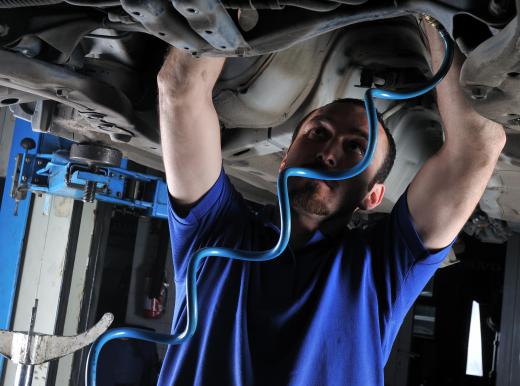Control valves are tools that regulate the flow of a fluid or gas. The valves open either partially or fully or close in a similar manner to manage the amount of fluid or gas allowed to pass from one location to another. Valves are used throughout industrial processes to control the volume, speed, pressure, or other similar value of a fluid or gas within a given process or group of processes.
Industrial processes and the plants that support them are run automatically, mechanically, or using a combination of automatic and mechanical processes. The control valves used within these systems must operate in line with the plant’s processes. Some industrial control valves are mechanical and are operated with a handle, pedal, or lever. These are simple on and off valves which function similarly to the hot and cold water taps on a consumer faucet.

Automatic control valves are controlled with some form of computer, pneumatic, or hydraulic process. Sensors and control points throughout the industrial process determine the rate of flow or temperature at a certain point in the process. Based upon the measurements determined by the sensors, the process controller calculates what action needs to be taken in order to keep the process aligned. The process controller tells the control valve how much and in which direction to move.

Depending upon the type of control valve installed at a given point in an industrial process, the process controller either sends an instruction directly to the valve or to a process that causes the valve to move appropriately. An electrical control valve is provided an instruction directly by the industrial process controller. A pneumatic valve is generally notified via a separate process that the valve needs to move in one direction or another. This process then releases compressed air to move the pneumatic valve appropriately. A hydraulic valve is notified in a similar manner that a movement is necessary, but a fluid rather than compressed air causes the control valve to move as instructed.
Oil and gas pipelines make extensive use of control valves throughout their facilities. These valves might be simple mechanical valves for operations that have on-site employees available to begin or end a specific process. Some applications might require an automated valve where a remote system controls the amount of natural gas moving from one point in the system to another. Still other valves might be installed for safety purposes and need to trigger an automatic shut-off in the event pressure exceeds a set point.
